Giant hogweed warning after Briton left with scars for life
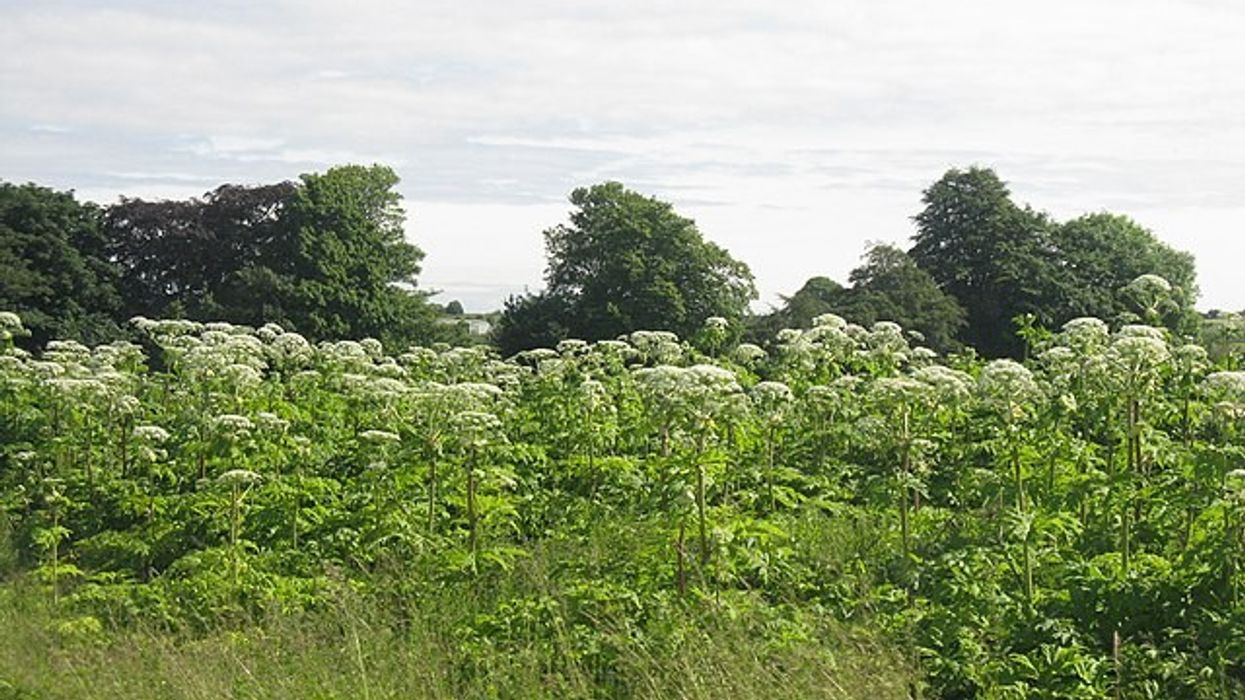
A Botanist warns that giant hogweed is the only plant he would say to beware of in the UK
|WikimediaCommons
Botanist tells Brits to beware of the most dangerous plant in the country
Don't Miss
Most Read
Experts have issued a warning about giant hogweed, as a Briton faces potentially lifelong scarring after coming into contact with the plant.
Giant hogweed has a tall, parsley-like appearance with thick bristly stems and can grow to heights between 1.5m and 5m, according to The Woodland Trust.
Toxic sap from the weed, which tends to be found sprouting near canals and rivers, can lead to increased skin sensitivity to sunlight which then leads to burns.
Danie Logan came into contact with giant hogweed while attempting to retrieve a football in Boston Manor Park, west London.
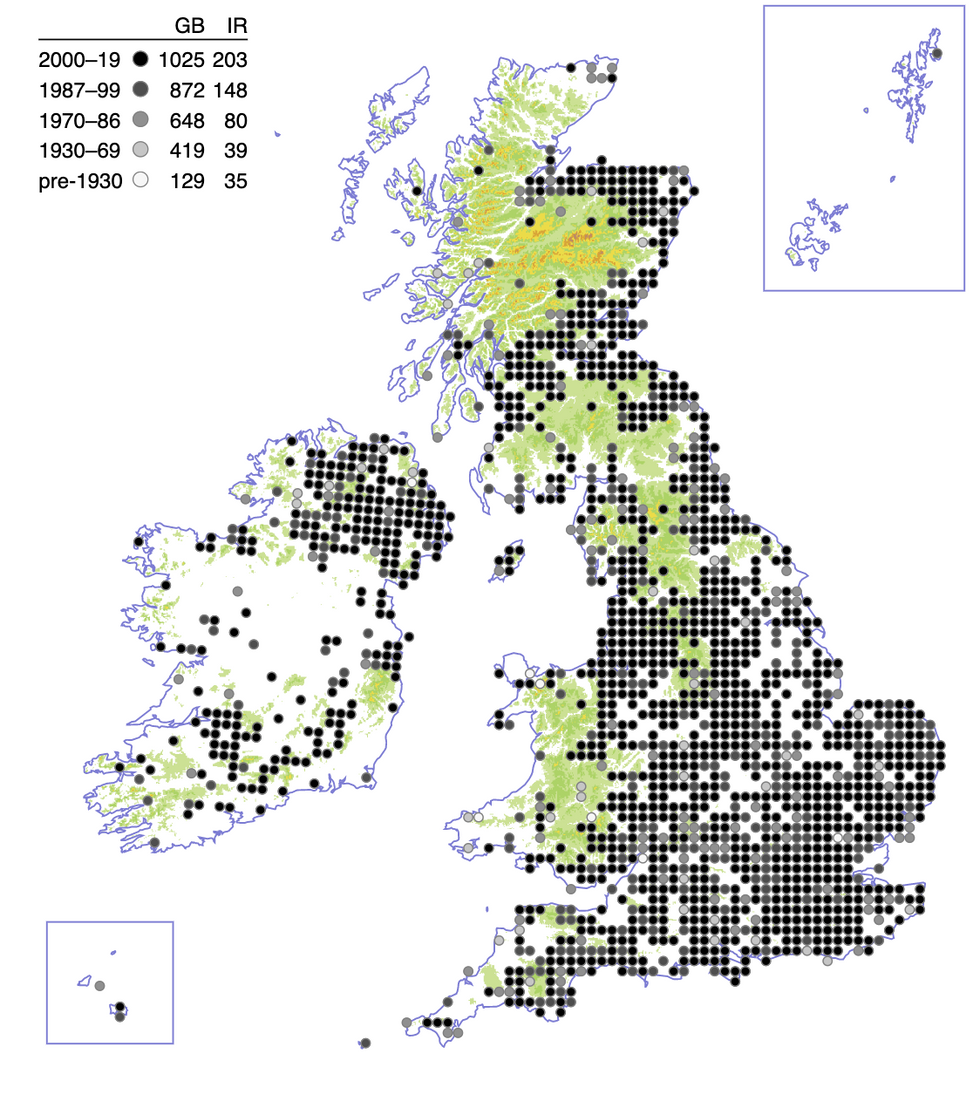
A map has revealed the hotspots across the UK for toxic Heracleum mantegazzainum
| Plant Atlas 2020Logan said: "It's been terrible to be honest. Now I know, it will never happen again.”
He added: "I'm lucky, I'm 21 years old and it's only my ankle."
"If a little kid falls in there, gets it on their face or something, that's going to cause them life-changing injuries so I'm lucky but someone else may not be.
"If I had seen some signs I wouldn't have gone down into the bush. I've only gone in to get the ball for my brother but if I was made aware what it was and what it could do to you, I definitely wouldn't have gone in there."
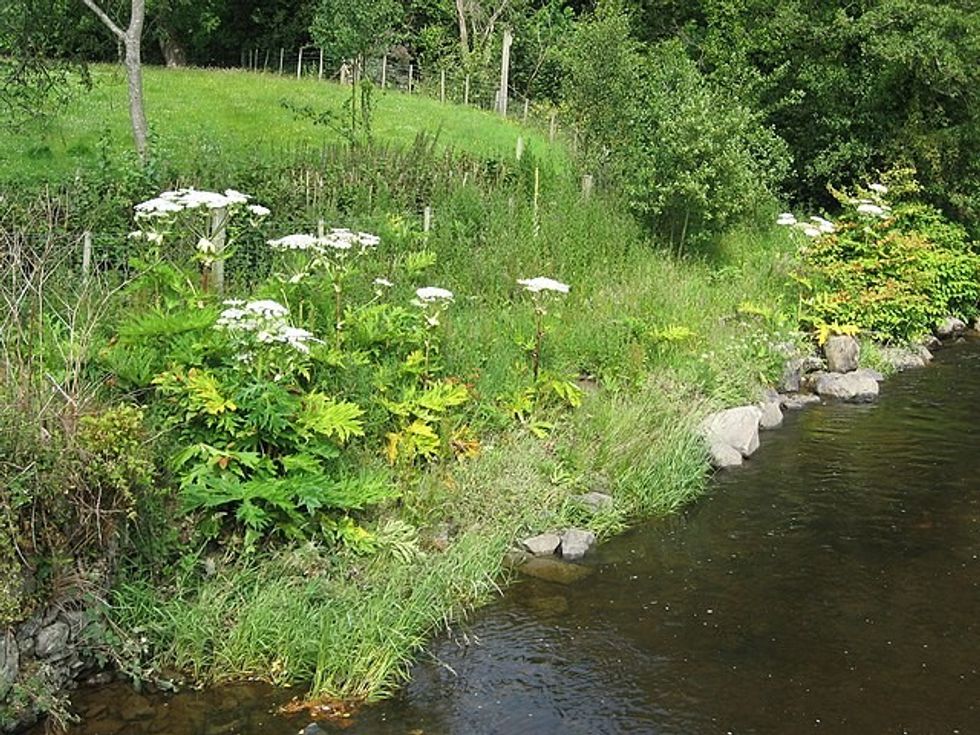
Giant hogweed tends to be found by rivers and canals
|WikimediaCommons
Heracleum mantegazzianum, known as giant hogweed, contains high levels of furanocoumarins, which is the chemical that causes burning by photosensitivity.
Dr Mark Spencer, botanist and invasive species expert, said: "It's the only plant I would actually say to beware of in our country.
"We have many, many poisonous plants and fungi, most of which are totally safe to be around - apart from giant hogweed. Do not touch it."
If you do come into contact with it, he stresses the importance of covering your skin up, even if it's warm and sunny.
He added: "Get yourself home and have a light shower or bath, wash your skin off to get the chemicals off your skin and just keep a very careful eye.
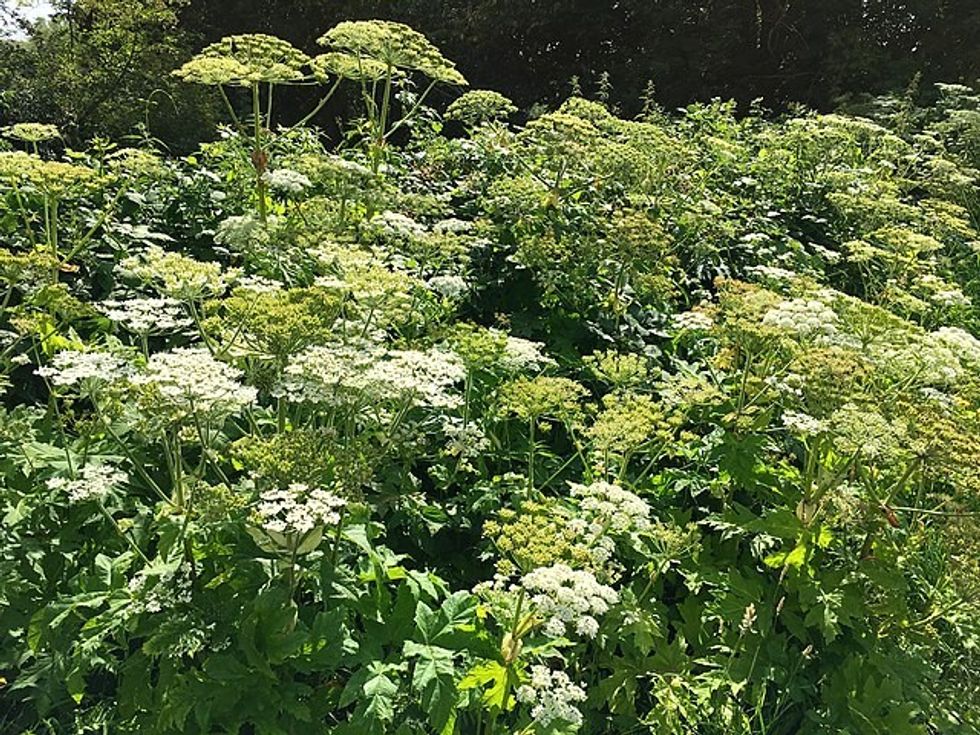
Giant hogweed has a parsley-like appearance
|WikimediaCommons
"If you start to feel that your skin's tingling or hint of burning, contact a medical person immediately, probably go to A&E or speak to your GP."
Giant hogweeds have been a biennial fixture in Britain ever since their introduction from the Caucasus Mountains in the nineteenth century.
The earliest documented reference to their introduction lies in the Royal Botanic Gardens Kew Seed List of 1817.
Here, giant hogweed entered under the name of Heracleum giganteum was listed among seeds supplied to Kew by the Russian Gorenki Botanic Gardens.
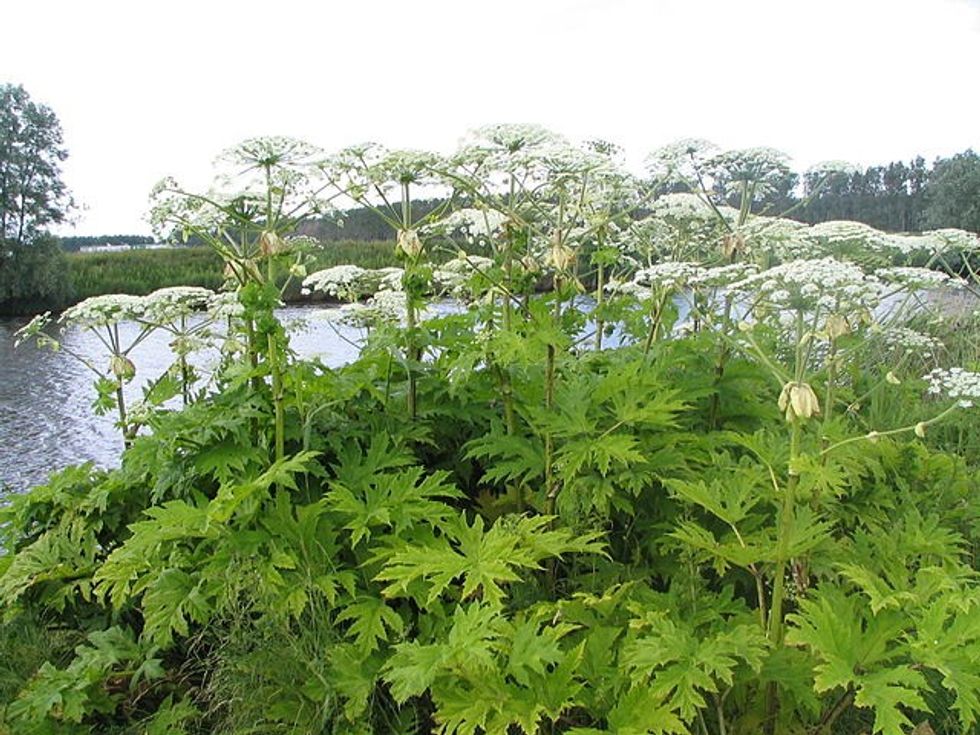
Giant hogweed can grow as tall as 5m
|WikimediaCommons
Escaping the lab, the first wild recording of the invasive giant hogweed species was seen in Cambridgshire in 1828.
According to the Royal Horticultural Society (RHS), gardeners must be incredibly careful if they have giant hogweed around their homes.
"When controlling giant hogweed always wear gloves, cover your arms and legs, and ideally wear a face mask when working on or near it. Cut plant debris, contaminated clothing and tools are potentially hazardous too," the society said.
"Wash any skin that comes in contact with the plant immediately. Ensure that contractors working on your land are aware of the risks and are competent to deal with this weed."










